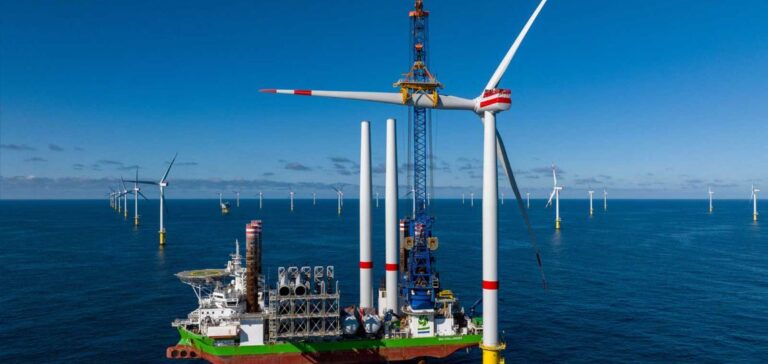RWE is taking a new step in energy management by obtaining the necessary pre-qualification to offer a secondary reserve through its offshore wind farm, Amrumbank West. The transmission system operator (TSO) TenneT has approved the 60-megawatt (MW) capacity, allowing RWE to participate in balancing energy auctions in Germany.
An increased role in grid stabilization
The German power grid relies on a precise balance of frequency at 50 hertz. To maintain this stability, several reserve mechanisms are used, including the secondary reserve, also known as automatic frequency restoration reserve (aFRR). Unlike the primary reserve, which acts instantly, the secondary reserve must be fully activated within five minutes. Thanks to the flexibility of its facilities, RWE can temporarily reduce Amrumbank West’s output by up to 60 MW as required by the grid.
A strategic market for renewable energy
Starting in the first quarter of 2025, this capacity will be offered in daily auctions on the balancing energy market. Located approximately 37 kilometers west of the island of Föhr, Amrumbank West has 80 wind turbines with a total capacity of 302 MW. With this initiative, RWE is becoming a key player in providing secondary reserves from offshore wind energy.
Expanding balancing services
RWE has recognized expertise in managing stabilization reserves, particularly through pumped storage hydropower plants, gas-fired power plants, and batteries. By integrating wind and solar farms into these services, the company expands its revenue sources while optimizing the integration of renewable energy into the grid.
New opportunities for the sector
Beyond Amrumbank West, RWE Supply & Trading plans to qualify additional wind and solar farms for aFRR and to offer this service to external operators. This development represents a new opportunity for renewable energy producers, enabling them to access additional revenue through grid stabilization services.






















